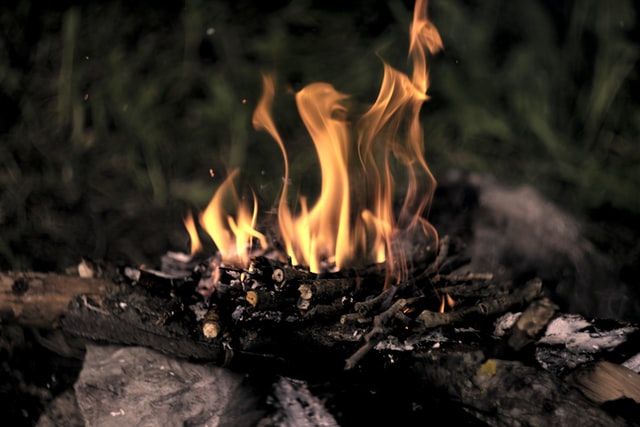There’s something absolutely special about leaving the city behind and being in touch with nature. Camping really gives such a unique experience. But it really is important to note that you are sharing that magnificent natural landscape with lots of wildlife. You just don’t need to worry about wildlife because it’s not dangerous and most of them won’t bother you. And if you don’t know how to coexist with the local wildlife, camping can become very risky in some areas.
It’s important that you prepare ahead if you are camping in an area where there are a lot of poisonous snakes or other wildlife wandering the local area. To stop annoying the nearby wildlife and destroying their habitats, you need to know how to camp properly. It is also important that you learn how to protect yourself from slipping into any risky circumstances. If you are camping in an environment of dangerous animals, here are some of the most important things you should always remember.
Must Do Some Research Before Preparing for a Camp
It is important to be prepared to know what kind of wildlife is in the zone, so do your deep research before you set off on your journey. Catch up on all the area’s local wildlife so you have an idea of what you might find. This will give you a good animal checklist to watch out for and ready you for the dangerous ones that may be roaming around. In certain situations, when they are actually too dangerous, it will give you an idea of the spots where you shouldn’t camp in at all. You can also find plenty of details about avoiding animal attacks and maintaining habitats, so make sure that you are careful.
Must Get the Right Tent and Gear
You should start buying the right gear to prepare yourself from what you are dealing with when you are camping. You should still consider this local wildlife when you are picking a tent and which sleeping place is safest. You should have those nice roof top tents sitting on top of your car so that you have plenty of room between you and any wildlife that could get into your tent during nighttime. You might also want to buy a tent that straps to the trees so it can be elevated above the ground especially if you are in a heavily forested area. These can be very hard to set up, so make sure you first learn at home if you can.
Consider buying the right gear for your safety especially if you are encountering dangerous wildlife like snakes. You can wear snake boots in order for you to protect from bites. A pepper spray if you are camping where bears have usually been spotted. Insect repellent in order to protect you from small insects and mosquitoes, they can be dangerous too.
Maps are also essential, not just to keep you from getting lost, but also to ensure that you do not accidentally walk into a high-risk area filled with bears and other wild animals. When you do your initial research before your trip, if you want to go exploring, you can mark all of the risky areas on your map and plan a route through them.
Must Be More Cautious with the Food You Bring and Take your Trash with you When you are Leaving
Cooking some tasty food on your campfire is one of the best things about camping, but always remember that food can attract animals, so you have to be very alert. Feeding them is never a safe idea because they are likely to follow you back to your camp. It is also potentially harmful for them to eat livestock.
When you are camping near wildlife, proper food storage is important. If you leave stuff out or place it in non-airtight containers, animals may be able to detect it and enter the camp. You may also wake up and find that all of your food has been taken. There are some places where you need to carry your food with a bear canister, so make sure to check before you go.
Any food waste left in the garbage can also attract animals, so make sure you already have a proper bin for any garbage. When you leave please make sure you take your garbage with you so that habitats are not damaged.
Just Never Approach those Wild Animals
Don’t you ever dare to approach wildlife if you encounter them while you are out for hiking. You can still want to get close to those other animals that you don’t see as a threat. The thing is when they feel threatened by someone approaching them in their natural habitat, they might bite and attack you to protect themselves. It’s still extremely distressing for them, but it’s also never a safe idea to touch them, even though they don’t hurt you. If you want to take pictures of them that you encounter in the wild, please do so from a safe distance to make sure you don’t scare them.
One of the best things about camping is seeing the amazing wildlife, but it’s crucial that you obey these tips to ensure that you are safe and that you do not disturb natural habitats.

